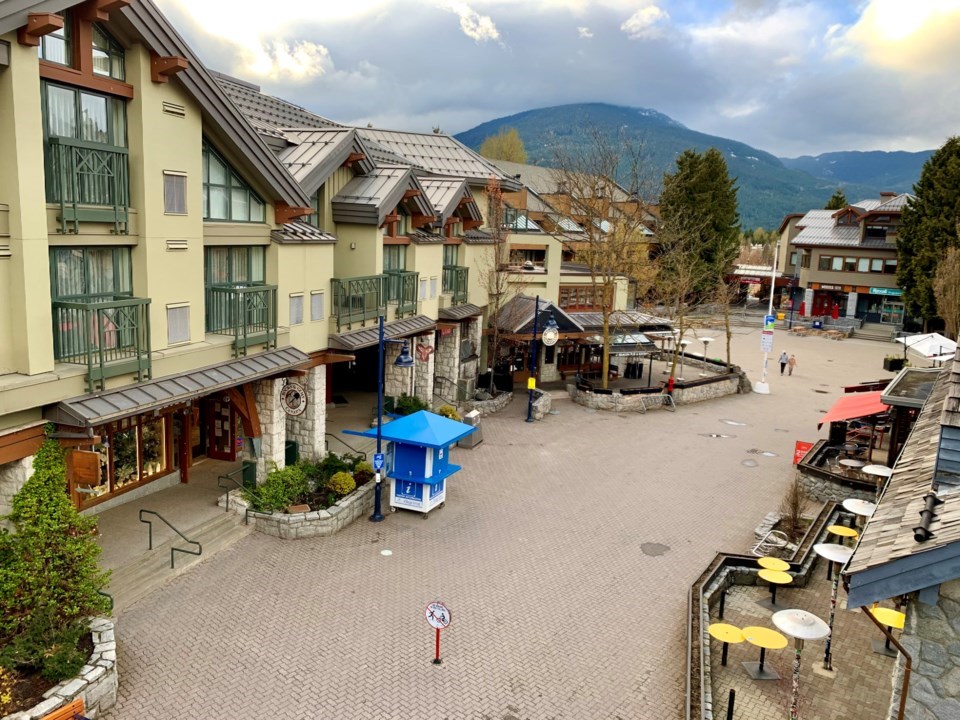Whistler started out as a big idea—a brand new resort in the middle of what was practically nowhere at the time, a summer fishing spot at the end of a gravel road that would be purpose-built to host an Olympic Games… eventually. The village was a big idea, as was the latter merger of Whistler and Blackcomb mountain resorts. Thinking big and taking massive risks made this town.
Unfortunately, somewhere along the way, we developed a tendency to think smaller, even while our resort town (technically a resort city now) has gotten bigger.
There are lots of examples. Millennium Place (now the Maury Young Arts Centre) was originally conceived as a privately funded faith centre backed by the municipality. It is a few rows of seats too small to host profitable theatre productions, movies, concerts and other cultural events. It has its uses, no question, but at 230 seats, it’s a limited cultural resource.
We also went small with the library. Taxpayers, outraged by the growing price tag, left the municipality no choice but to scale back plans and leave the Whistler Museum out of the final project. And while it’s a great facility, we outgrew it almost immediately. Finding a chair to sit and read or a desk to work is always a challenge, especially at this time of year.
It took the better part of five years of lobbying to build a turf soccer field and it’s already more or less booked from March to November, while being too singular to host tournaments.
The Meadow Park Sports Centre was also a compromise build in its time—probably an amazing venue in its day, but by now it’s much too small for the 26,000-ish people (Whistler’s daily population equivalent) who sleep in the resort at any given time, nearly 14,000 of them permanently, according to the latest census. It was also built north of the village, where the land was at the time, which also happens to be the opposite end of town to where we’re building housing in Cheakamus Crossing.
Whistler has a long footprint—the distance from Function Junction to Emerald Estates is about the same distance as the stretch from Park Royal in West Vancouver to the Langara Golf Course at the bottom of Cambie.
All this is to hint, broadly, that we’re overdue for something bigger, something central, something that acknowledges our growth, our past mistakes in thinking small, and our long-term community needs—things for teens, locals and visitors to do; more recreation and more excitement.
Before I throw in my two cents, a brief word about golf.
I like it, sort of —the first 12 holes are OK. Five hours for a round is much too long. And like most locals, and a good number of our guests, I can’t really afford to do it that often. And while the sport as a whole is drawing new players since the pandemic, the median age of golfers in the U.S. is 54 (or it was in 2019) and more than 75 per cent of players were older than 45. It’s also summer only, daytime only, with space for a limited number of people to play rounds on any given day. It begs the question whether this is the best use of land. And do we really need three of them?
I’m talking about downsizing the Whistler Golf Club, which is as central as locations get. It’s probably the only land available to build a big idea, something that could provide year-round entertainment and recreation for locals and visitors, morning and night.
I’m talking about a new community centre. A hockey arena with seating for 4,000 to 5,000 that’s able to host concerts, trade shows, and has a BCHL hockey team to cheer on. A decent pool complex with waterslides, diving boards and platforms, a lap pool, a kids play area, a good-sized lazy river, and more—maybe even a small wave pool or standing wave. A bigger fitness centre with a running track that could go all the way around the outside of the arena. A curling rink. Some housing—mostly for BCHL players—but also for people working at the facility. Outside there could be pickleball and tennis courts, possibly on turf, possibly also in a bubble so it could be used for indoor soccer. It wouldn’t be hard to add an outdoor hockey rink and basketball court.
And the best part is that it would take up a small part of the existing course footprint; there would still be more than enough room to rebuild the remainder into a world-class executive par 3 golf course that anyone could afford to play and where you could finish a round in two hours or less. That course could be converted into snow biking trails in the winter months.
It wouldn’t be cheap—$100 million, easily. We would have to borrow a good chunk of that and pay it back to the province over decades. Property taxes would need to go up.
It also won’t be easy, as locals tend to bristle at investing in anything but housing these days. Some people also seem to like golf.
But I also think something on this scale needs to happen. At build-out, we will have well over 65,000 people in the resort on any given Saturday, which is the size of Prince George. We need more places to go and things to do.




